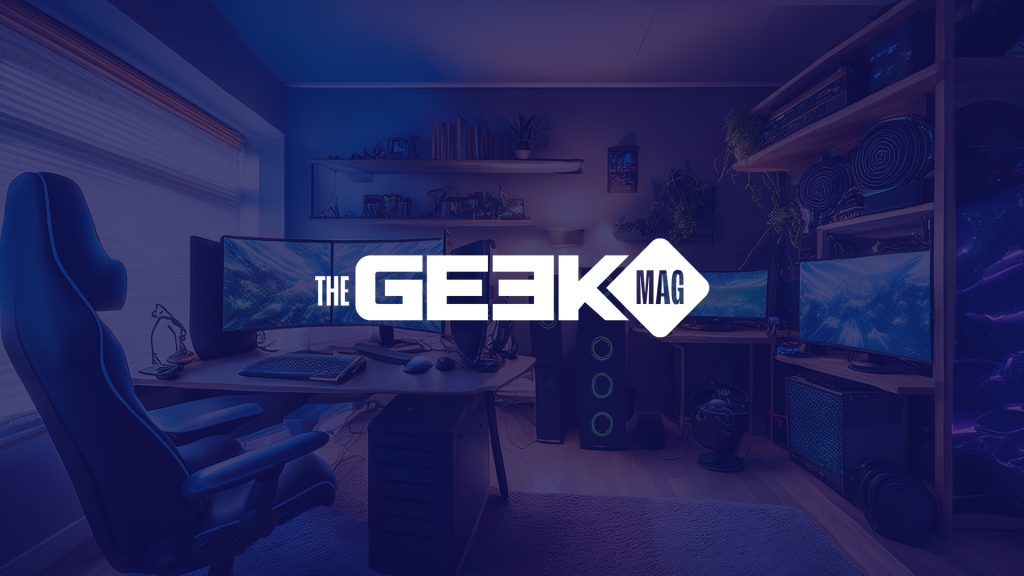What comes to mind when you think of photography today? These days, it’s all about smartphones and digital cameras. It’s about the ultra-sharp lenses, instant edits, and cloud backups that have transformed this sector and allowed photographers and regular Joes to produce some really stunning shots.
Did you know that film is still there in the background? It’s not as prevalent as it once was, but it’s not entirely absent. And the original way to freeze a moment in time isn’t relegated to the archives of history just yet. For creatives who see the world through a lens, it still has its place.
It’s not just a format anymore, it’s a mode, a process, and a deliberate choice because while digital will always be known for ease and convenience, there’s just something about film photography that cannot be replaced with pixels alone.
The Beauty of Imperfection
These days sharpness is king and digital photography has allowed for that to seep into the mainstream. Capturing every minute detail in absolute luxury, each strand of hair, each line wrinkle, flicker of light, caught and committed in every glorious detail.
However, film photography doesn’t care much for this; it captures life in a real way, perfection not needed. It gives you grain, softness and color shifts that have a more organic feel and a quality that isn’t easily replicated in digital formats. Nostalgic? Sure, but that doesn’t make it any less true.
In a nutshell, digital photography gives you accuracy, film gives you atmosphere.
Taking It Slow
There’s no denying that digital cameras can deliver speed like never before. You can shoot 200 shots with ease in a relatively short amount of time, and you see what you have captured in real time to ensure you can retake if needed.
But with film, speed isn’t the name of the game. You need time and patience to set up that shot, to get the framing just right. The analogue needs more mindfulness, more connection, and more intention to each shot to deliver the results that you anticipate without disappointment. Thus, the forced slowdown of taking pictures and capturing life. Not for the sake of bypassing digital results but for something truly special.
Tanglibility
There’s something about holding a roll of negatives or freshly developed prints that can’t be replicated via digital pictures. It’s in the feel of the film, how the film makes you feel, and the process in its entirety. For photographers, film has that quality that cannot be replicated in any way.
For example, there’s a particular nostalgia around 35mm film. It’s the way it captures colour and texture, alluding to a more timeless texture to your shots. And the fact that you can treasure, store and keep these tangible pictures, rather than storing them in the cloud, feels extra special.
A Creative Playground
Film stocks are like paintbrushes; each one has its own personality, but photographers will know and appreciate this. The film might lean warm or cool, or it might deliver you more saturated colous, meaning switching film is like changing up the entire vibe of your art.
For those wanting to experiment, there are many online articles that can help you explore the wonders of film, what you can do to capture the right shots, and which film is right for certain environments and styles. Meaning you can learn the golden rules of film photography, to inject creativity and personality into each shot.
The post Why Film Photography Has A Place In A Digital World appeared first on TechNuovo | Bitesized tech news and reviews.


